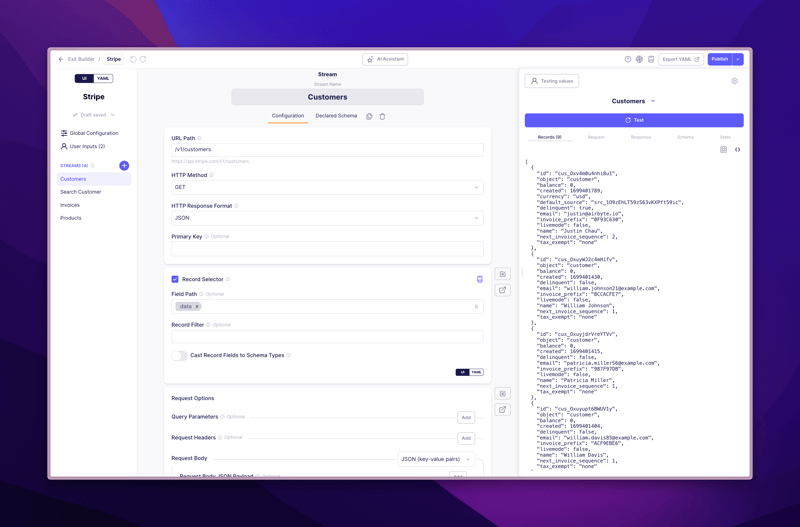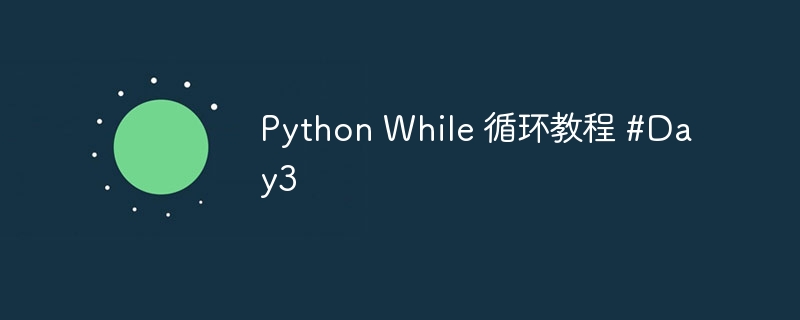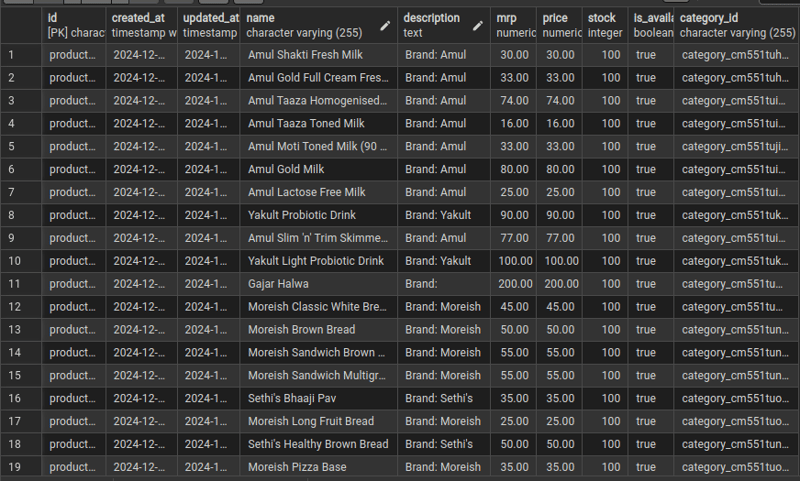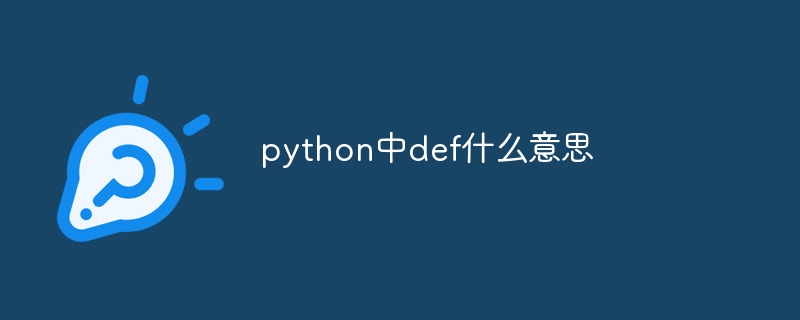
如何使用 Python 批量给字符串添加井号
在 Python 中,可以使用字符串替换方法 replace() 来批量给字符串添加井号。
语法:
string.replace(old_string, new_string)其中:
string:要修改的字符串 old_string:要替换的子字符串 new_string:替换后的子字符串使用示例:
以下示例展示了如何使用 replace() 方法批量给字符串添加井号:
# 创建一个字符串列表 strings = ["hello", "world", "<a style="color:#f60; text-decoration:underline;" href="https://www.php.cn/zt/15730.html" target="_blank">python</a>"] # 给每个字符串添加井号 hashed_strings = [string.replace("", "#") for string in strings] # 打印结果 print(hashed_strings)输出:
['#hello', '#world', '#python']在这个示例中,"" 表示空字符串,它将被井号 # 替换。
其他方法:
除了 replace() 方法,还可以使用 join() 方法批量给字符串添加井号。以下示例展示了如何使用 join() 方法:
# 创建一个字符串列表 strings = ["hello", "world", "python"] # 给每个字符串添加井号 hashed_strings = ["#" + string for string in strings] # 打印结果 print(hashed_strings)输出:
['#hello', '#world', '#python']以上就是python怎么批量加井号的详细内容,更多请关注知识资源分享宝库其它相关文章!
版权声明
本站内容来源于互联网搬运,
仅限用于小范围内传播学习,请在下载后24小时内删除,
如果有侵权内容、不妥之处,请第一时间联系我们删除。敬请谅解!
E-mail:dpw1001@163.com











发表评论